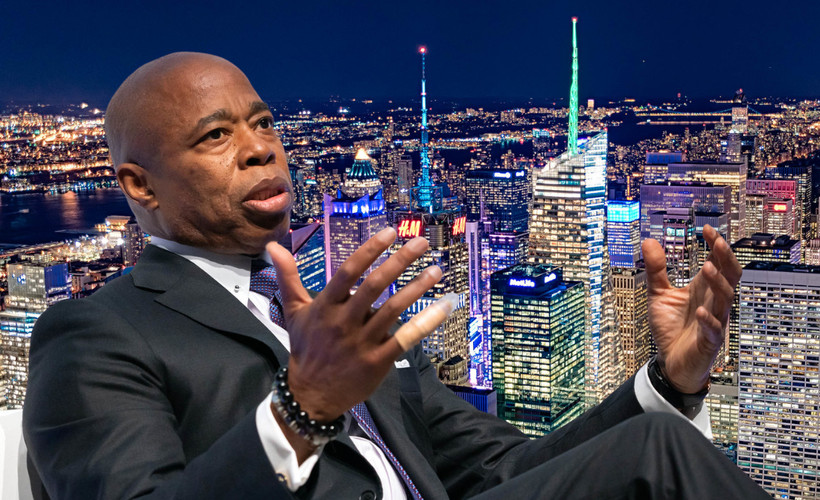Eric Adams Is ‘Getting Stuff Done’ on Climate Law — For the Real Estate Lobby
The mayor is putting New York City’s landmark climate and jobs law in jeopardy, our columnist argues.

This article is published in our opinion section. Pete Sikora directs climate advocacy at New York Communities for Change and is a member of the Local Law 97 Advisory Board.
This article is published in our opinion section. Pete Sikora directs climate advocacy at New York Communities for Change and is a member of the Local Law 97 Advisory Board.
“A simple patch to the delay program would be to require landlords who make use of it to reduce their pollution to compensate for the two lost years.”
“The law effectively requires billions of dollars of new investment across New York’s building stock, so what’s a few million through an Adams super PAC in comparison?”





